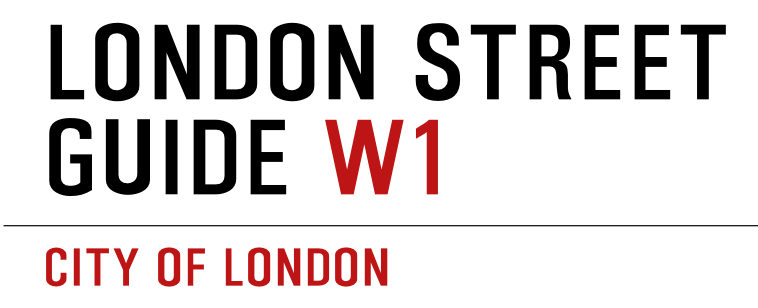Place Name
Berkshire, often called the Royal County, has a rich history deeply intertwined with the British monarchy; it is home to Windsor Castle, the world’s oldest and largest inhabited castle. In the 9thCentury, Berkshire was the site of significant battles between King Alfred the Great of Wessex and Viking invaders. The county has several historic towns, such as Reading, which grew around Reading Abbey, founded by Henry I in 1121. During the English Civil War, the county saw action, notably at the Siege of Reading in 1643. Its riverside villages along the Thames and picturesque countryside made it a desirable area for aristocratic estates and hunting grounds. The name comes to us from the Old English Bearrocscir used in AD893, although its origins go back further from an ancient Celtic name meaning hilly place to which the Old English word scir was added meaning shire, district. As for this street name, at the start of the 20thCentury this area still formed part of Newbarns Farm although it was later used as a golf course. It remained that way until shortly after the Second World War when demand for housing from the newly demobbed men and their families far outstripped supply. At first accommodation consisted of dozens of pre-fabricated Arcon bungalows hastily erected around Pollards Hill but from the 1950s a more permanent solution was sought. Merton Council’s archive explains: “In the 1950s the Council built six-storey maisonette blocks, starting with Westmorland Square and finishing the final block in Bovington Square in 1956. By the standards of the day, the much needed housing was built in record time and Mitcham Council could boast a house-building programme which exceeded that of any other Surrey Council.” But even this wasn’t enough to meet future demand. Following the post-war population boom much more housing was needed by the mid-1960s and so the Pollards Hill Housing Estate was laid out and built between 1968 and 1971. It was a high density scheme that included various areas of green space in the form of private gardens, partly enclosed squares, and a public park, Donnelly Green, named after Mitcham’s Head of Parks. Taking its cue from those original post-war buildings, the streets were named after counties and county towns in England and Wales. This street is in the alphabetically arranged section of the estate to the north of South Lodge Drive, which was described by architectural historian Niklaus Pevsner as consisting of “three-storey blocks of houses and flats in an ingenious rectilinear Greek-key meander”.
![]()
